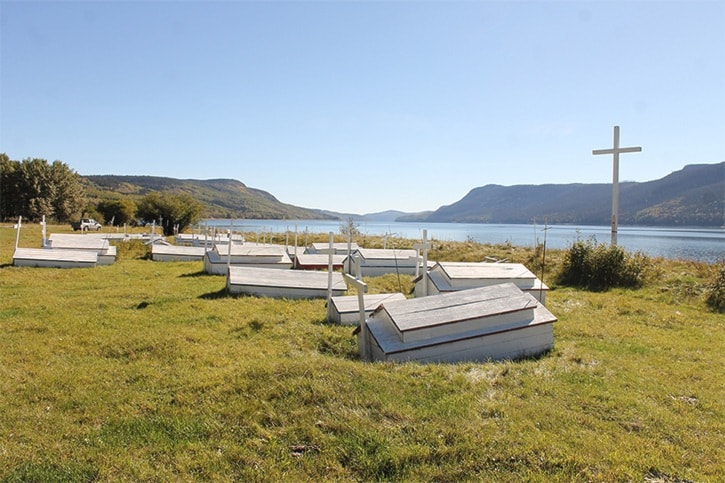Cheslatta Carrier Nation leaders have continuously stated that building a water release facility at Kenney Dam would be the best option to address Cheslatta’s flooding issues.
Since the construction of the Kenney Dam in 1952, Cheslatta Carrier Nation has had to endure an almost yearly flooding on their territory. The flooding has caused over 60 graves to be washed away.
Lakes District News recently asked B.C. premier Christy Clark if the provincial government plans to support the water release facility project.
“We need to discuss the alternatives because the original plan doesn’t look like it would make the impact that people thought,” said Clark during her visit to Cheslatta Carrier Nation’s territory on Sept. 12, 2016. “So we want to work together on how to mitigate those impacts.”
Clark pointed out that the estimated cost of the project would be $200 million. “We’re absolutely committed to supporting Cheslatta in being able to control some of the impacts it [the flooding] has had on their community.” “Rio Tinto needs to be a part of that discussion,” she added.
Kevin Dobbin, a spokesperson for Rio Tinto, said Rio Tinto agrees with premier Clark that other alternatives should be considered as well.
“We have recently confirmed our interest in a water management plan for the Nechako watershed,” said Dobbin. “Through a water management plan we can work together to understand the information already available as we look for additional opportunities for enhancing the benefits of reservoir management.”
But according to Mike Robertson, senior policy advisor for Cheslatta Carrier Nation, the water release facility remains the “ultimate solution.”
“There are other measures that could happen, but they wouldn’t provide complete safety from any future floods,” he said. Robertson said politicians and industry have been “scared of the project’s cost.”
“We’re not asking Rio Tinto or B.C. for funding to build it,” he said. “We don’t need money from Rio Tinto or B.C., nor are we asking for it.”
Robertson said a viable power purchase agreement between Cheslatta and B.C. Hydro would be one of the ways to cover the cost of the project.
Cheslatta and the province have recently signed a framework agreement where they will explore economic opportunities in the resource sector and power infrastructure to support future industrial development.
However, the water release facility is not a component of that agreement. “If the will is there for government and industry to do the right thing, it will happen,” said Robertson. “The water release facility can solve a lot of issues and bring a level of saneness in how that river has been owned and operated for over 60 years.”
“It hasn’t worked for all this time and we’re suggesting the ultimate solution,” added Robertson. “It’s time that all parties roll up their sleeves and make it happen.”
